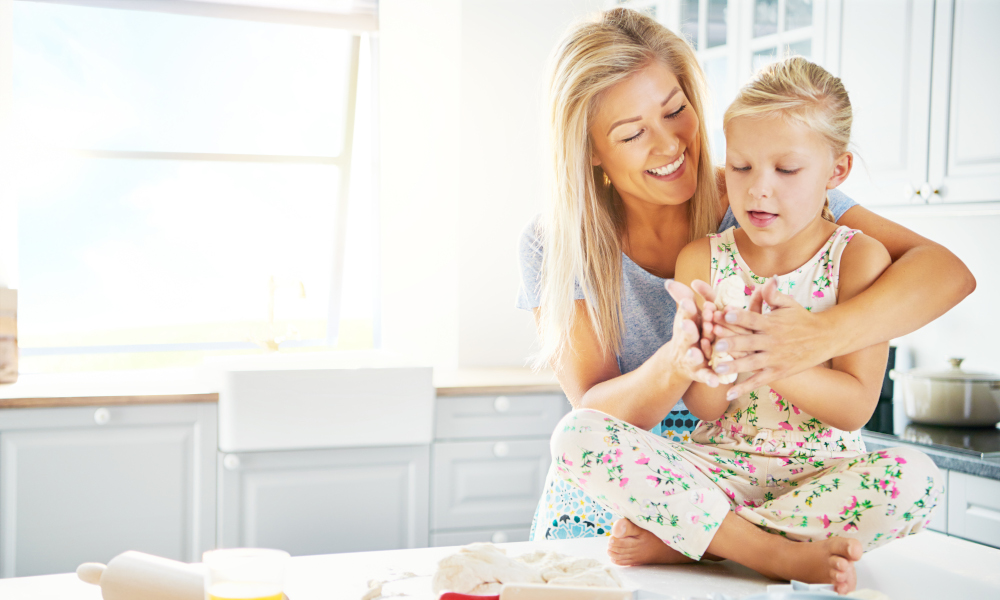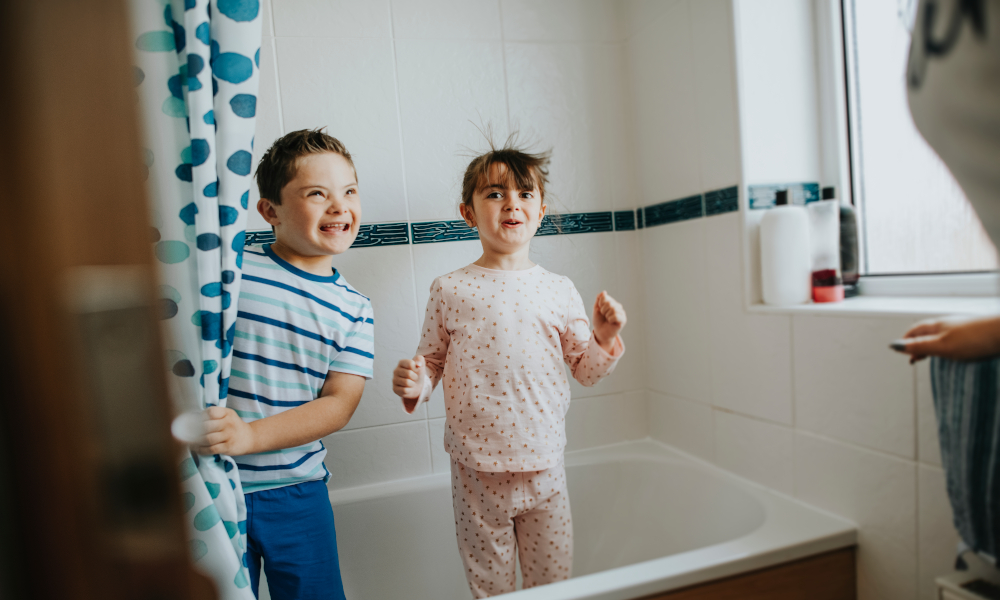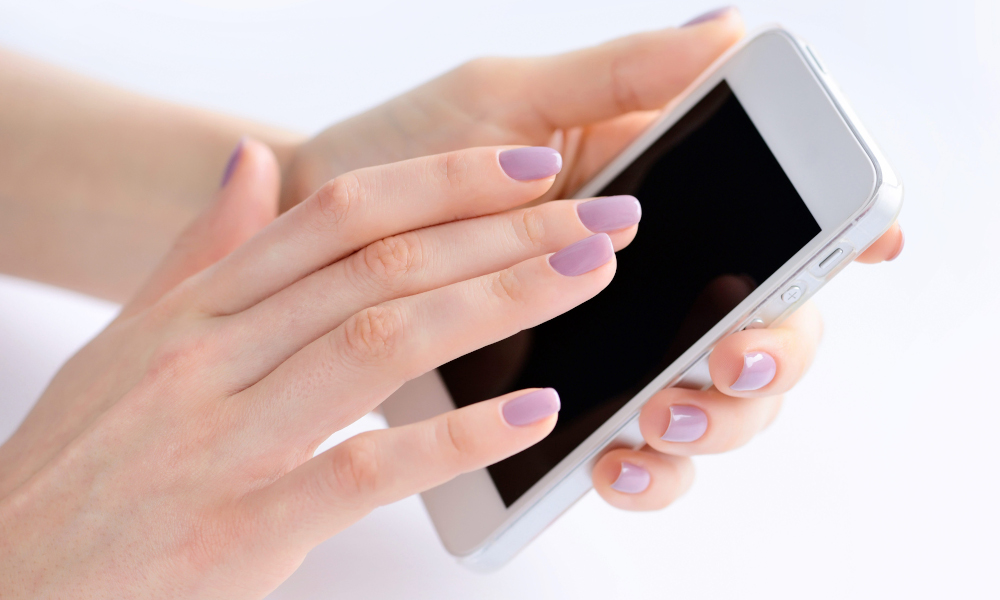Amidst the Covid-19 outbreak, more and more people are staying home as travel plans are disrupted, and companies have issued work-from-home notices. Hygiene is key in minimising the risk of contamination and infection. As part of your exercise to stay healthy during the outbreak, it’s important to ensure that your home is constantly clean. Despite that, you may be shocked when you find out where the dirtiest places at home are.
Below are some of the dirtiest spots in your home that you should take notice of.
Kitchen Sinks
Your kitchen sink is one of the dirtiest places in your home. With all the washing and cleaning, your sink will harbour all sorts of icky stuff from leftover detergent, food particles, dirt and even faecal matter!
Imagine if you were to use the same sink to soak your fruits and vegetables, rinse your fish and meat, and wash your dirty dishes.
That’s why it is important to deep cleanse your kitchen sink at least once a week to ensure that you get rid of harmful bacteria and mould spores.
Countertops

When you use your countertops for all types of activity, it is easy to get dirty fast. This is even truer for parents with young children. Kids can be messy little angels during their growing up years. Food crumbs, spills, oily handprints and even colour pencil or crayon stains can be easily found on your surfaces.
Thankfully, some countertops are easy to clean and are stain and water-resistant such as quartz countertops. These are the perfect countertops for homeowners who are particular about hygiene. Aurastone’s quartz countertops are NSF-certified to give you the assurance that you need.
Knobs, Handles, Switches and Controllers
It’s common to find sticky buttons on controllers, stains on switches and oily knobs and handles. Regardless where your hands have been, it’s second nature that you open doors, turn on the lights and fan, and press the buttons on the remote controller to adjust the temperature or watch TV.
And most times, your hands are never clean when doing so. Even if they are, these surfaces are already contaminated by someone else who may not have observed the same hygiene level as you do.
Therefore, it is super easy to transfer germs from one person to another simply by touching the same surfaces over and over again.
Bathroom and Toilet

As we cleanse and rid our bodies from grime, there will be bound to have remnants of dead skin, dirt and bacteria that do not get completely washed down the drain.
As the wettest place in the home, the constant moisture is a breeding ground for bacteria and mould. If you do not clean and disinfect your bathroom, you’ll soon find yellow, brown, green or even black stains on your shower curtains and along the grout lines of the tiles.
Also, your bathroom needs to have proper ventilation to air dry the area. Otherwise, it will leave a stale scent behind.
Another place where germs are hiding aplenty is under your toilet seat. Have you tried lifting your toilet seat only to find all traces of human faecal stains on it? Even after flushing, make sure you rinse your toilet bowl and wipe the seat to prevent any unwanted splatters from staining the surface.
Sleeping Pillows and Mattress

The dirtiest place in your bedroom is the bed. The pillows and mattress harbour dead skin cells, body fluids (sweat, saliva, oil, etc), food crumbs, cosmetic particles and a host of other allergens. Since it is not washed frequently, you may be sharing your restful haven with dust mites, bacteria and fungi spores.
Breakfast in bed may sound like a romantic morning for couples. But food crumbs might fall onto the bed. After a tiring day at work, we plop onto our bed and drift into slumber without removing our make-up.
That is why it is important to have a mattress protector to prevent body fluids from absorbing into the mattress. On top of that, changing your sheets once a week will prevent harmful microorganisms from breeding.
Items in Your Carry Bag

Whether it’s your handbag, schoolbag or workbag, the number of microorganisms is astoundingly high among the contents in your bag. If you constantly stuff all sorts of things into your daily carrier, you are bound to accumulate dust, dirt and germs on your items.
How often do you place your bag on the floor or surfaces with questionable hygiene? Time published an article stating that your handphone is 10 times dirtier than your toilet seat! It’s not hard to see why because you are constantly using your phone while eating, working, and taking it everywhere including into the toilet. As for your wallet or purse, your hands could be contaminated when you make a payment after selecting wet produce during grocery shopping.
Keeping the Dirtiest Places at Home Clean with Good Habits
It could be eye-opening to find out that the dirtiest places at home are the places where you spend the most time in. And these are the places where you often touch while eating, sleeping and even cleaning without a second thought.
That’s why it’s important to maintain a schedule to clean and organise your home. Routinely give your surfaces a good wipe down with disinfectants especially during the outbreak season. Hopefully, with good hygiene habits, you’ll create a haven for all family and loved ones, minus the harmful germs.



